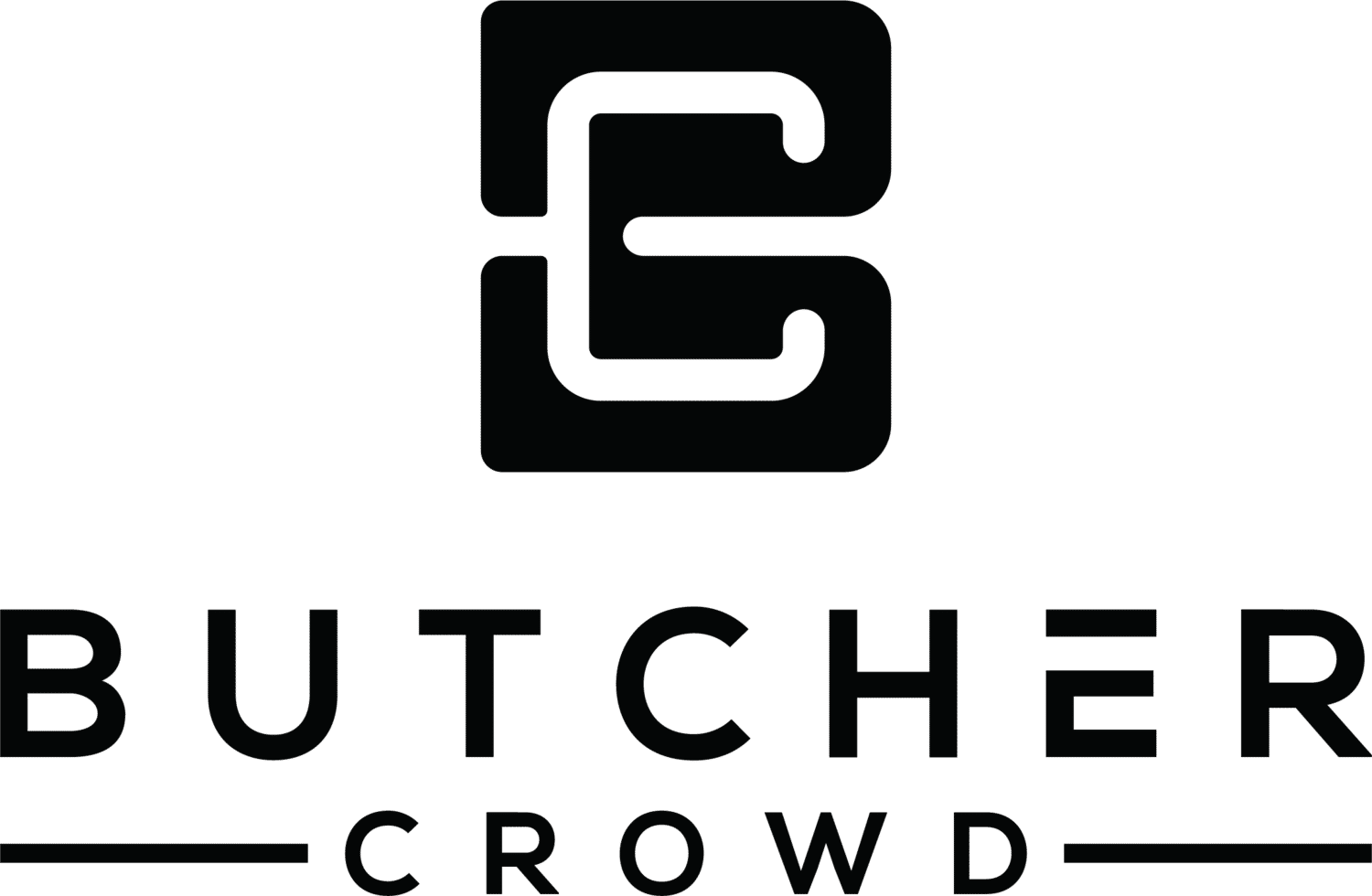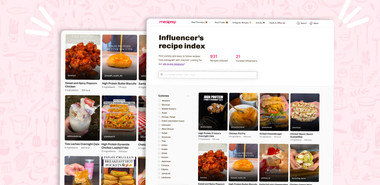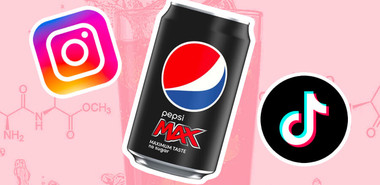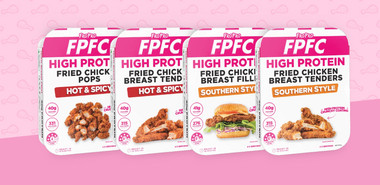
Stan ‘The Rhino’ Efferding’s Vertical Diet has found some highly placed adherents in the fitness world. Athletes from strongman to powerlifting, to bodybuilding, have all taken it on.
I’ve told you a little about how it’s helped Thor ‘The Mountain’ Bjornsson. But how can you put the diet into place? What foods should you be looking at the make the most of Efferding’s gut-friendly, high energy eating plan?
Foods to eat
Good quality red meat and white rice form the cornerstone of the vertical diet, with other macronutrients coming from a few select other sources. Here are all the things you can eat on the vertical diet:
- Red meat: from good quality sources like grass-fed beef, lamb, bison, and venison
- Poultry: chicken and turkey are good sources of lean protein, but should play second fiddle to nutrient-dense red meat
- Rice: white only, as it is easier to digest
- Potatoes: white and sweet potatoes, though the majority of your carbs should come from white rice
- Low-FODMAP vegetables: carrots, celery, aubergine, cucumber, bell peppers, spinach and so on
- Fruits: mostly oranges, orange juice and other citrus fruits. Cranberries and cranberry juice are also good sources, though most fruits are allowed in small portions
- Oils and fats: olive oil, coconut oil, avocado oil, butter, nuts and fatty fish
- Eggs: eat several whole eggs daily
- Dairy: full-fat yogurt, whole milk and cheese
- Sodium: bone broth, chicken stock and iodized table salt are the best sources
Foods to avoid
Foods that are either difficult to digest (high-FODMAP vegetables and so on) and low-quality ingredients (like inorganic ground ‘beef’ rather than grass-fed, ground steak) and highly processed foods are all a no-go on the vertical diet.
Food sources like these include:
- Grains: brown rice, bread, pasta, wheat flour, oats and breakfast cereals all irritate your stomach when eaten in large quantities. As above, stick to white rice
- Legumes: lentils, beans, soy and peas
- Processed vegetable oils: these include canola, soybean, vegetable and corn These can all lead to excess inflammation, which you want to avoid when training
- High-FODMAP vegetables: these include broccoli, cauliflower, cabbage, asparagus, and kale, among many others. All forms of onion, garlic, and shallots are high FODMAP and can irritate your stomach
- Sugar alcohols: obviously, sugar alcohols aren’t great when trying to maximise dietary efficiency. They can irritate your stomach and give little by way of lasting energy. Added sugars such as those in chocolate, candy, pastries, baked goods, soda and sports are also best avoided
- Coffee and tea: regular and decaf can both lead to gastric complaints
Processed vegetable oils are never allowed: you should never include them in your diet.
Oats and lentils are fine if you soak them first.
Small amounts of everything else in this list can be included in your diet, as long as you don’t find yourself becoming bloated. When bloating occurs, cut them out!




